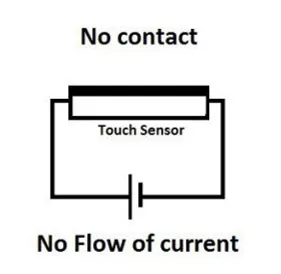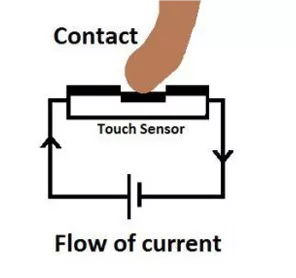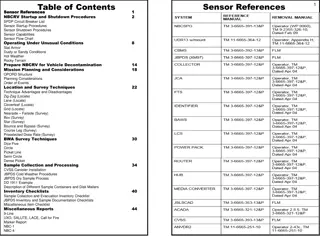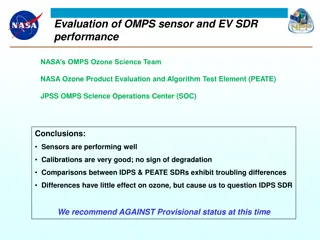Introduction to Touch Sensor Technology
Touch sensors are electronic devices used to detect physical touch, replacing mechanical switches. Learn about the KY-036 touch sensor module, its features, working principle, and applications in biomedical sensors lab experiments.
Download Presentation

Please find below an Image/Link to download the presentation.
The content on the website is provided AS IS for your information and personal use only. It may not be sold, licensed, or shared on other websites without obtaining consent from the author.If you encounter any issues during the download, it is possible that the publisher has removed the file from their server.
You are allowed to download the files provided on this website for personal or commercial use, subject to the condition that they are used lawfully. All files are the property of their respective owners.
The content on the website is provided AS IS for your information and personal use only. It may not be sold, licensed, or shared on other websites without obtaining consent from the author.
E N D
Presentation Transcript
Al-mustaqbal University College Biomedical sensors lab 2 EXP. 3 : touch sensor By: Dr. Eng. Mustafa Turki BME: Mays Mohammed
Introduction Touch sensor is one of the most common sensors in these days because of its wide range of applications. Touch sensor is an electronic sensor used in detecting and recording physical touch. These sensor made to replace old mechanical switches we seen in the past. Touch sensors or tactile sensors have many types capacitive, resistive, Infrared, Surface acoustic wave (SAW), and transistor touch A touch sensor works like a switch, where when there s contact, touch, or pressure on the surface of a touch sensor, it opens up an electrical circuit and allows currents to flow through it. A transistor touch sensor will be used. It is simple, small, and low-cost sensor, the output is obtained when the leg of the transistor circuit is touched then pass the signal to LM393.
KY_036 touch sensor This module has integrated on board touch sensor which consists of potentiometer one microchip, six resistors and two LEDs. The resistor R1 used in this module is10-kilo ohms the resistor R2 is 100-kilo ohms the resistor R3 is 150 ohms and the resistor R4 is 1-kilo ohm the resistor R5 is 1- kilo ohm the resistor R6 is 100-kilo ohms and the main reason for using the resistors is to limit current circulating inside the module in other words to prevent current from burning the module. The LED L1 in the module lights up to show if the module is working properly or not and the LED L2 lights up every time when we touch the sensor.
Features of the KY-036 touch sensor It has a power supply 3.3 volt or 5.5 volt. its sensitivity is adjustable it has an analog and digital output Packaging: antistatic sealed bag Form dimensions 34 x 16 mm
Working Principle of the KY-036 Let us quickly understand the working principle of the KY-036 Metal Touch sensor module. Basically, the functionality of the KY-036 Metal Touch sensor module is divided into three main components first the sensor unit at the front of the module which measures the area physically and sends an analog signal to the second unit the amplifier. The amplifier basically amplifies the signal and according to the resistance value of the potentiometer and sends the signal to the analog output of the module also you can set the sensitivity of the sensor by adjusting the knob of the potentiometer. If you rotate it in clockwise direction you can increase the sensitivity and if you rotate it in anti-clockwise direction you can reduce the sensitivity as shown in the diagram. The comparator will switches the digital out and turn on the led if the signal falls under a specific value
Arduino Code int touchPin = A0; int sensorValue = 0; void setup () { Serial.begin (9600); } void loop () { sensorValue = analogRead (touchPin); Serial.println (sensorValue, DEC); delay (1000); }



























